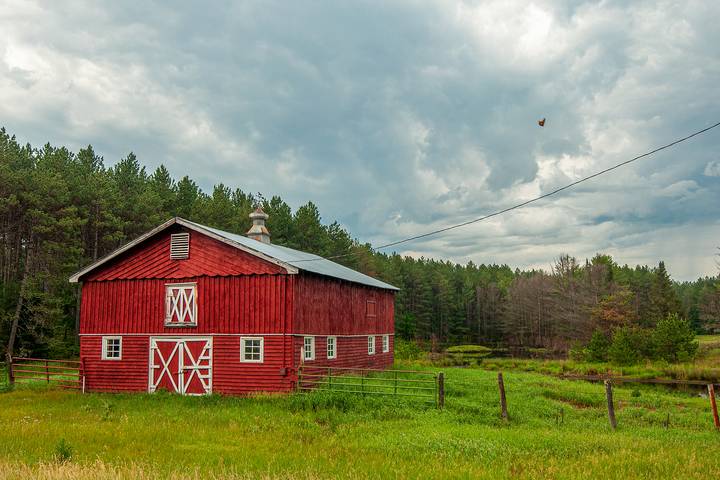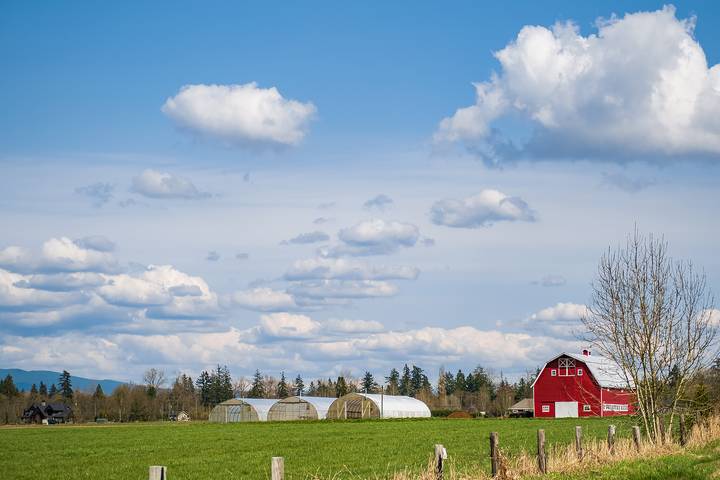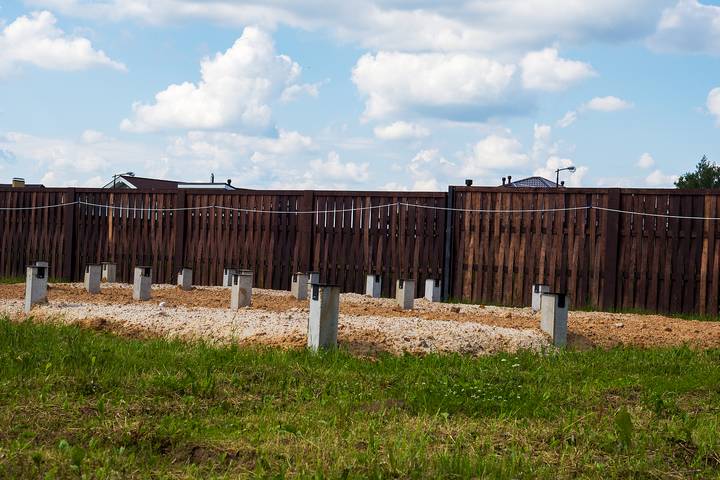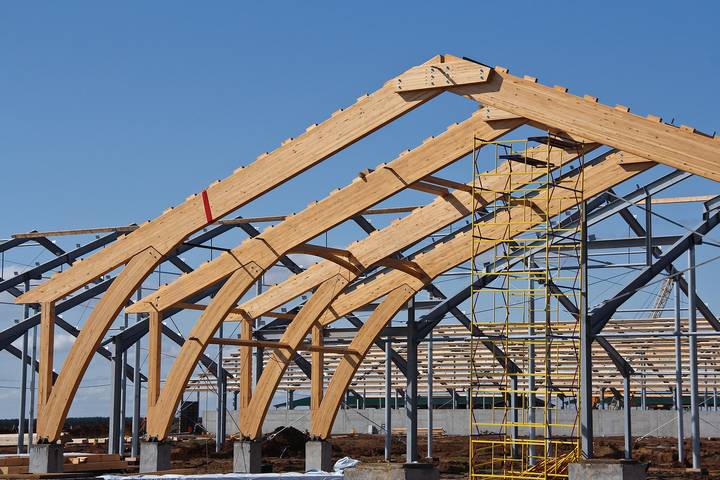How to Set Up a New Barn Properly

Constructing a new barn is a long-term investment if you are a small-scale farmer, so you must make it count. Building a barn from scratch is an exciting yet overwhelming project, especially if you lack the experience. Remember, a well-designed barn can serve as a house for your livestock and a store for your machines and other valuables.
You can also use it as a studio or workshop. Therefore, it would be best to consider all the purposes of the barn before starting the construction. For instance, depending on the purpose, you may need to include proper lighting or ventilation.
So, if you are contemplating building a new barn, here are steps to guide you.
1. Pick a Suitable Site

Siting the correct location for your barn is the first step to making it last and serving its purpose. You can study your area’s building codes from the Codes Enforcement Section on government websites. These codes will show you the structures you can erect in your territory and those you cannot.
There are a few steps involved in site selection and preparation.
Choose a Sturdy Level Ground
You need stable ground with good drainage for your barn. Avoid downhill sites as they put your structure at risk of water damage in case of heavy rains. Clear all the loose soil, gravel, and sand to achieve sturdy ground to support your structure.
Consider the Wind Patterns
Understanding the wind patterns and direction lets you decide which side you build your barn on. Constructing your barn downwind of your home is advisable to prevent the smell of livestock and livestock waste from reaching your house.
Find a Spot with Alternating Sun and Shade
You can decide where to set up your barn by observing the sunrise and sunset in your home and how the sun casts shadows on trees and other structures in your site. With this, you ensure that the barn remains warm during low temperatures and cool when it is hot.
2. Lay the Foundation

The foundation determines your barn’s stability and durability. Here is a procedure to lay a strong foundation:
Excavate the Site to About 6-8 inches Deep.
Clear a large rectangular area on your selected site following the planned dimensions. A backhoe or bulldozer can ensure the location is flat and smooth before setting the foundation.
Dig to Level Up Slopped Places
If you are constructing on a slope, you must dig to level up the terrain. Dig deeper on the uphill side of your site to create a flat ground. However, suppose your land is not enough to dig wider. You can opt for a retaining wall on the uphill side.
Dig a Footer Trench around the Cleared Perimeter.
The footer anchors in the ground support the structure’s concrete walls. Therefore, use an excavator to create this trench around the rectangular setting.
Place Rebar on the Footer
Place two to three #4 rebar long bars at the footer’s bottom. Lay the metals along the four sides of the trench about 3 to 6 inches apart. Then overlap them where they meet at the corners.
Backfill the Dig Site
Fill the site by distributing crushed stones evenly around the excavated area and the footer trench.
Complete with Concrete Foundation
Fill the footer with a concrete foundation and allow it to dry for three days. Then, install vertical rebars at regular intervals before pouring a second foundation layer. Finally, fill the entire area with a concrete foundation and allow it to dry and harden for three days.
3. Assemble the Structure

With a strong foundation, you can now construct your barn with the following procedure:
Build a Stick Wall Frame
A classic barn is stick-framed, just like the ones in many homes. Arrange 2×6 vertical studs along your foundation’s sill plate at a 16-24-inch interval. Attach a top plate to your studs to mirror the sill plate and sink two nails in each underlying sill plate. In simple terms, start with a sill plate on the foundation, then studs, then finally, the top plate.
Frame the Roof with a Series of Truces
Choose a roof according to your preferences and the climatic conditions in your area. For instance, you may need a sloping roof in areas with heavy rainfall. Once you choose the roof type that suits your barn, measure it and use the dimensions to fit the truces.
Install the Roofing
Cut ½ inch sheets of plywood and nail them on the truce. Next, roll out overlapping roofing sheets and staple or nail them in place. Afterward, lay the shingles to complete your roofing.
Complete Your Barn’s Frame
Use batten siding and board to cover the barn’s frame. Drive nails through the batten sidings at the top and bottom to fasten them to the barn’s exterior. You can also add a barn curtain to increase insulation.
Install the Doors
You can choose a swinging or sliding door for your barn. Use the door installation kit to fit the door type you want.
A new barn is a lifetime and fun investment but can be stressful. Therefore, assembling all the necessary materials would be helpful to ensure that you do not go wrong. However, the site determines the longevity of your new barn.



















